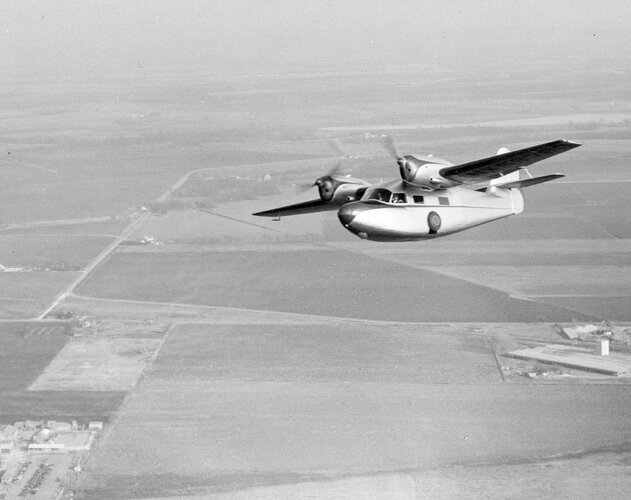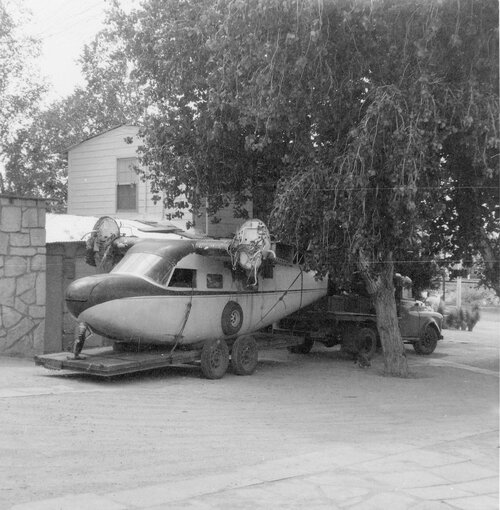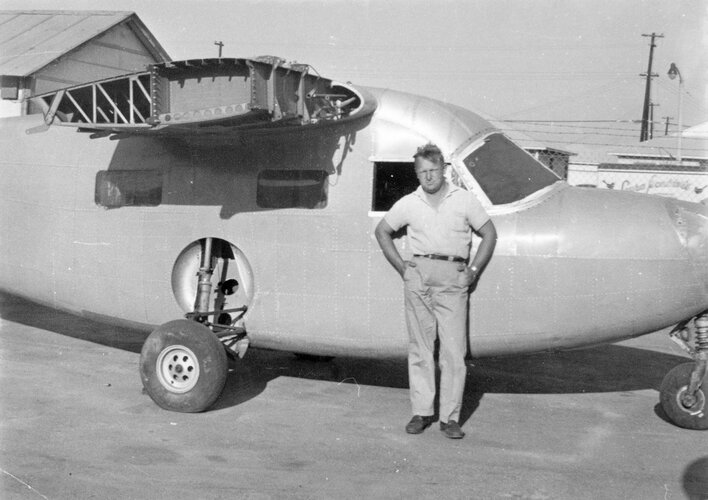- Joined
- 25 July 2007
- Messages
- 3,862
- Reaction score
- 3,135
Southern Aircraft Corporation (SAC) of Garland, Texas
In the pre-war section, hesham started a topic on Southern Aircraft Corporation products. This topic is for Southern Aircraft's post-war developments: http://www.secretprojects.co.uk/forum/index.php/topic,28603.0.html
Background: Southern Aircraft Corporation (SAC) was formed in Houston, TX (in 1938 or May 1939 - sources vary), by former Luscombe employees to produce a military trainer. This Model BM-10 biplane trainer was on offer from 1940 to 1942 with a variety of 225 hp radial engine options.
SAC also worked out an agreement with Ted Hall on his XCP-1 flying car design which ultimately led to the XC-1/Southern Roadable after the war. Southern Aircraft was working on a 6-seat, twin-engined executive aircraft at the same time. That aircraft is often referred to as the 'BM-11' which I believe is an error. I will refer to it simply as the Model 11. [1]
Another common error is applying the term 'Southernaire' as a substitute company name for Southern Aircraft Corporation. [2] But Southernaire was actually the type name that SAC applied to its Model 11, not a corporate rebranding exercise.
After WWII, the firm had become the Southern Aircraft Division of Portable Products Corporation. The Roadable and Southernaire were the two notable attempts made to find markets in post-war civilian aviation. Neither effort panned out and Southern turned to building more profitable buses and farm machinery.
Some sources claim that Southern was rebranded as IMCO in 1949. [3] Not so. Actually, Southern Aircraft went bankrupt early in that year and the Garland facility was leased by the Intercontinental Manufacturing Company. IMCO also took over Southern's inventory of tractors, etc. Ironically, by 1951, the vast majority of IMCO's activity was in building military aircraft components.
There were a few more firms at the former Southern Aircraft plant after IMCO before it became the Garland facility of General Dynamics Ordnance and Tactical Systems (GD-OTS) in 2003.
___________________________________________
[1] I suspect that this springs from the Model BM-10 trainer's designation. I believe that the latter stands for 'Biplane, Military'. As such, 'BM' is inappropriate for a civilian transport. So, I will refer to the executive transport simply as the Model 11.
[2] Eg: http://www.aerofiles.com/_sk.html
[3] Eg: http://www.coachbuilt.com/bui/s/southern/southern.htm
In the pre-war section, hesham started a topic on Southern Aircraft Corporation products. This topic is for Southern Aircraft's post-war developments: http://www.secretprojects.co.uk/forum/index.php/topic,28603.0.html
Background: Southern Aircraft Corporation (SAC) was formed in Houston, TX (in 1938 or May 1939 - sources vary), by former Luscombe employees to produce a military trainer. This Model BM-10 biplane trainer was on offer from 1940 to 1942 with a variety of 225 hp radial engine options.
SAC also worked out an agreement with Ted Hall on his XCP-1 flying car design which ultimately led to the XC-1/Southern Roadable after the war. Southern Aircraft was working on a 6-seat, twin-engined executive aircraft at the same time. That aircraft is often referred to as the 'BM-11' which I believe is an error. I will refer to it simply as the Model 11. [1]
Another common error is applying the term 'Southernaire' as a substitute company name for Southern Aircraft Corporation. [2] But Southernaire was actually the type name that SAC applied to its Model 11, not a corporate rebranding exercise.
After WWII, the firm had become the Southern Aircraft Division of Portable Products Corporation. The Roadable and Southernaire were the two notable attempts made to find markets in post-war civilian aviation. Neither effort panned out and Southern turned to building more profitable buses and farm machinery.
Some sources claim that Southern was rebranded as IMCO in 1949. [3] Not so. Actually, Southern Aircraft went bankrupt early in that year and the Garland facility was leased by the Intercontinental Manufacturing Company. IMCO also took over Southern's inventory of tractors, etc. Ironically, by 1951, the vast majority of IMCO's activity was in building military aircraft components.
There were a few more firms at the former Southern Aircraft plant after IMCO before it became the Garland facility of General Dynamics Ordnance and Tactical Systems (GD-OTS) in 2003.
___________________________________________
[1] I suspect that this springs from the Model BM-10 trainer's designation. I believe that the latter stands for 'Biplane, Military'. As such, 'BM' is inappropriate for a civilian transport. So, I will refer to the executive transport simply as the Model 11.
[2] Eg: http://www.aerofiles.com/_sk.html
[3] Eg: http://www.coachbuilt.com/bui/s/southern/southern.htm

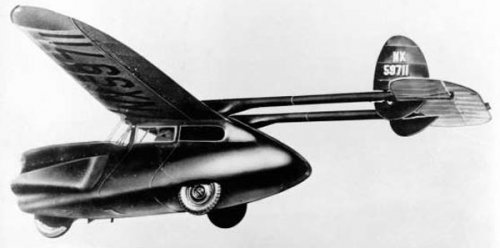
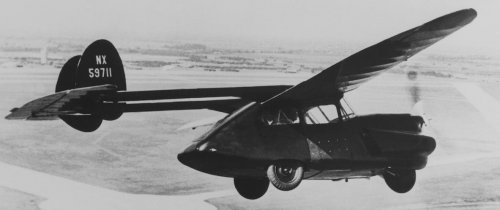
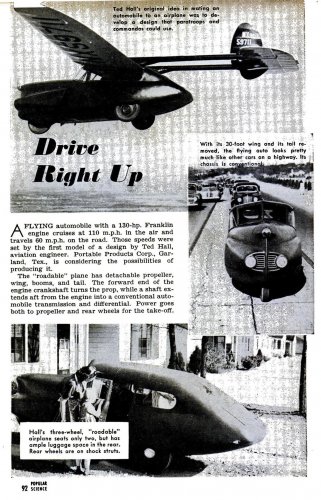
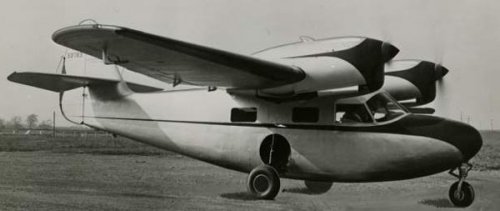
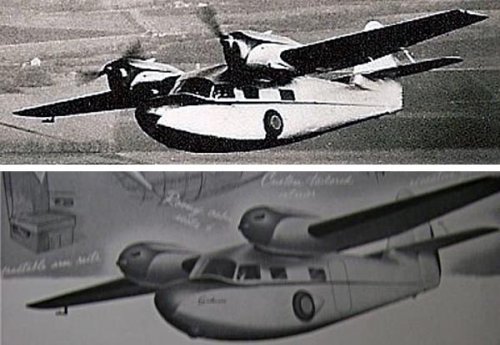
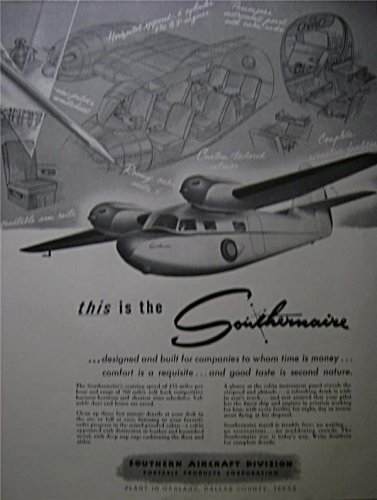
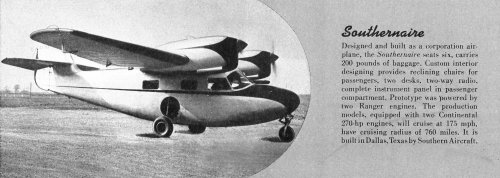
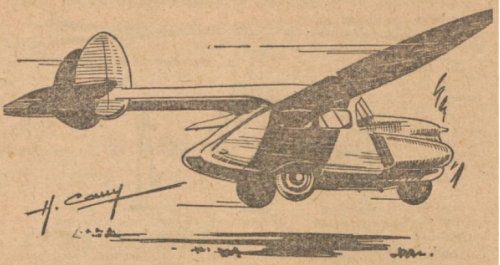
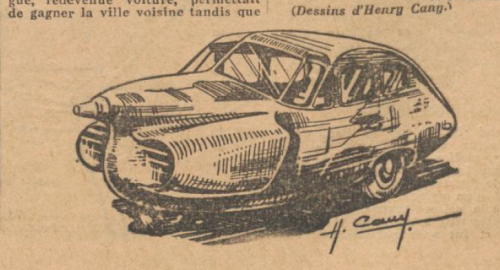
![Les_Ailes___journal_hebdomadaire_[...]_bpt6k9796152x_7.jpeg](/data/attachments/146/146749-45f5ef25b16893fad28e2d03f3a1cad7.jpg)
